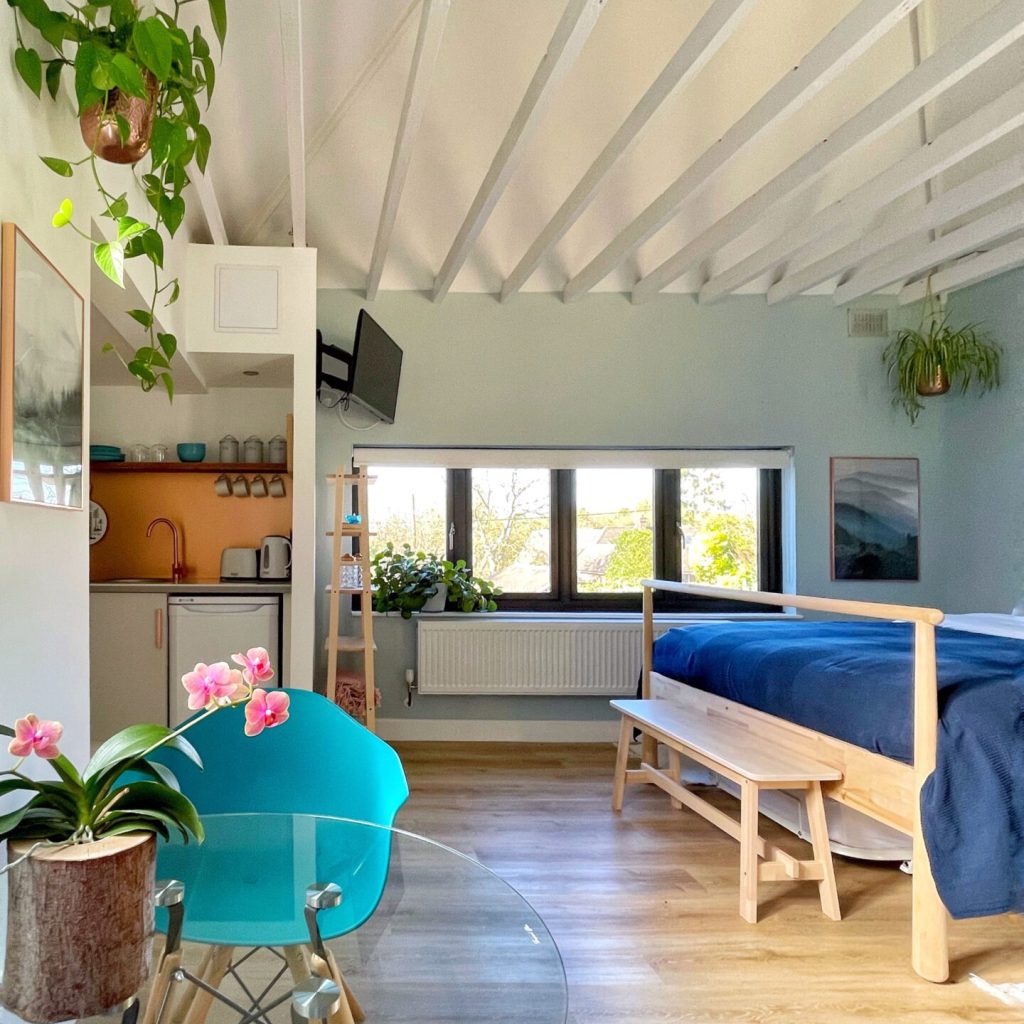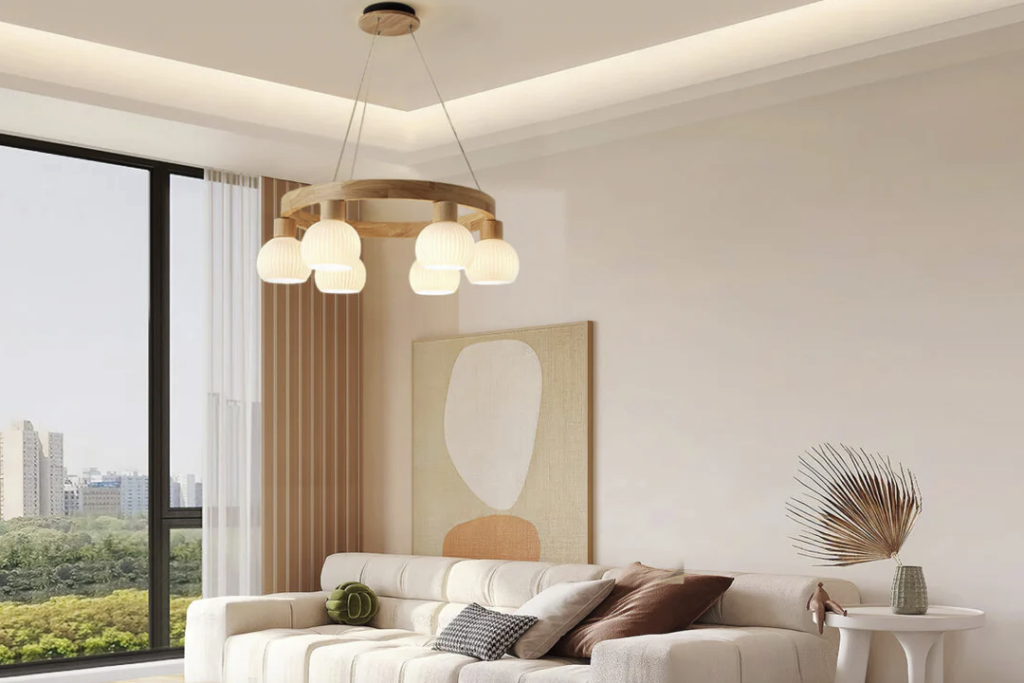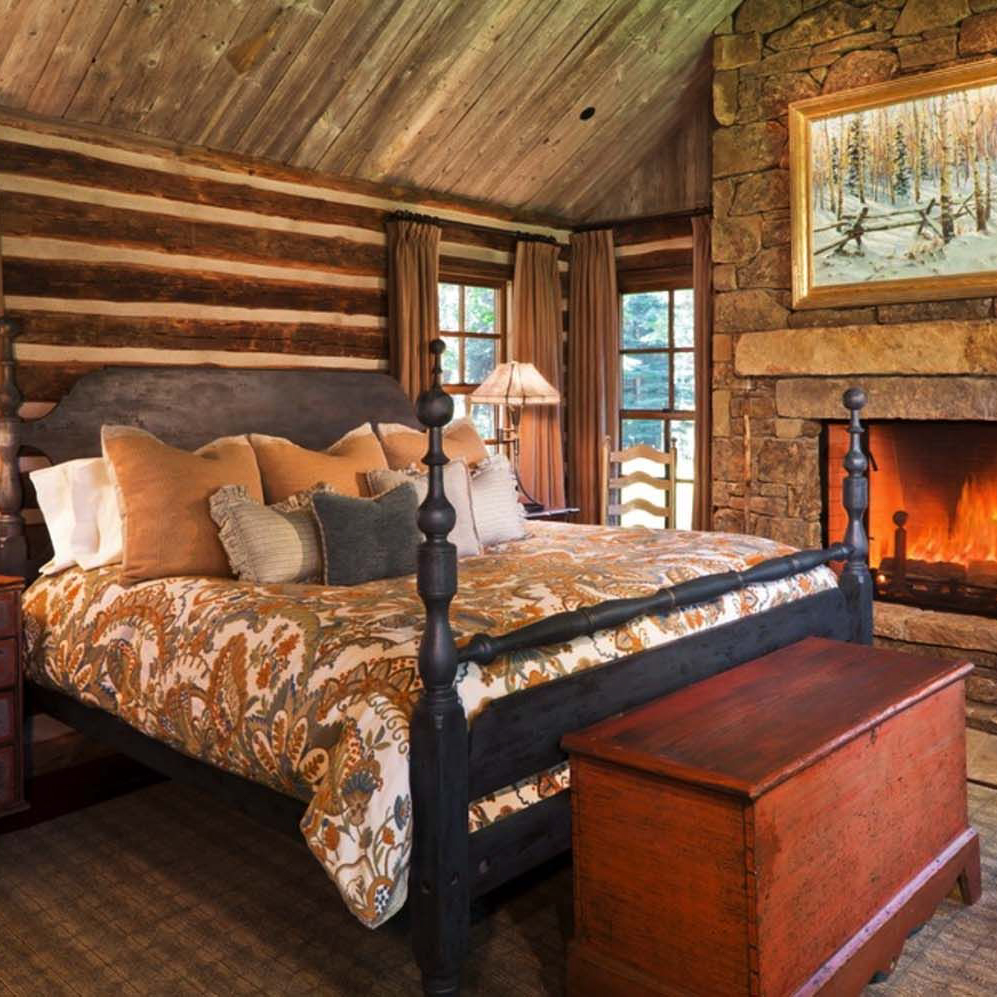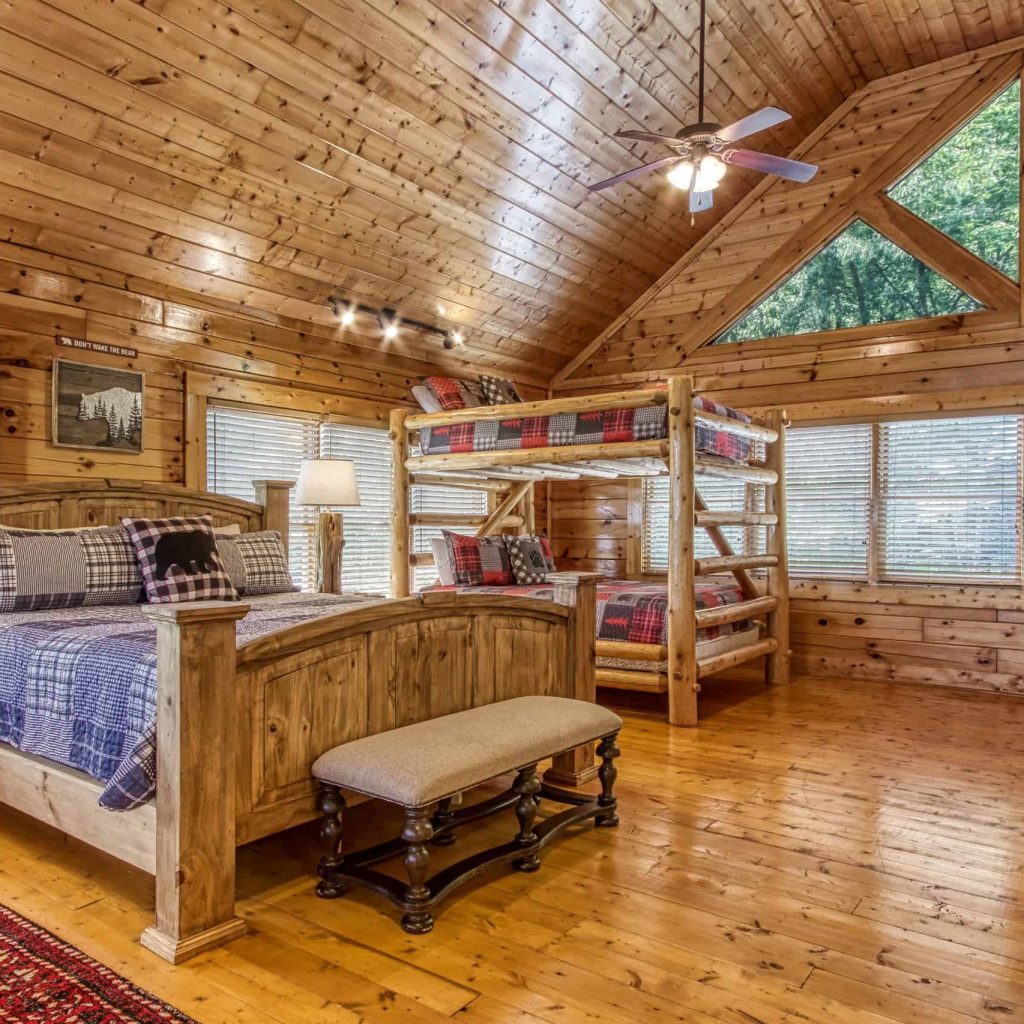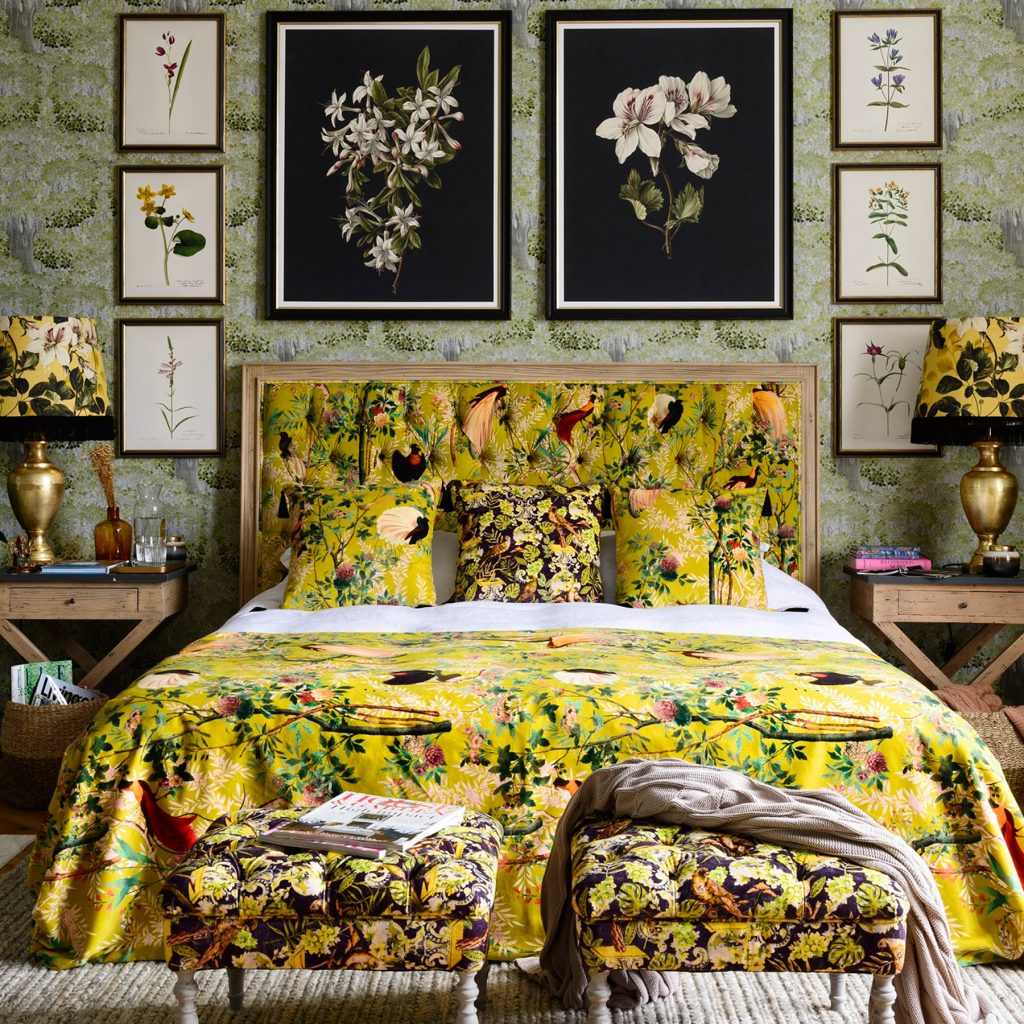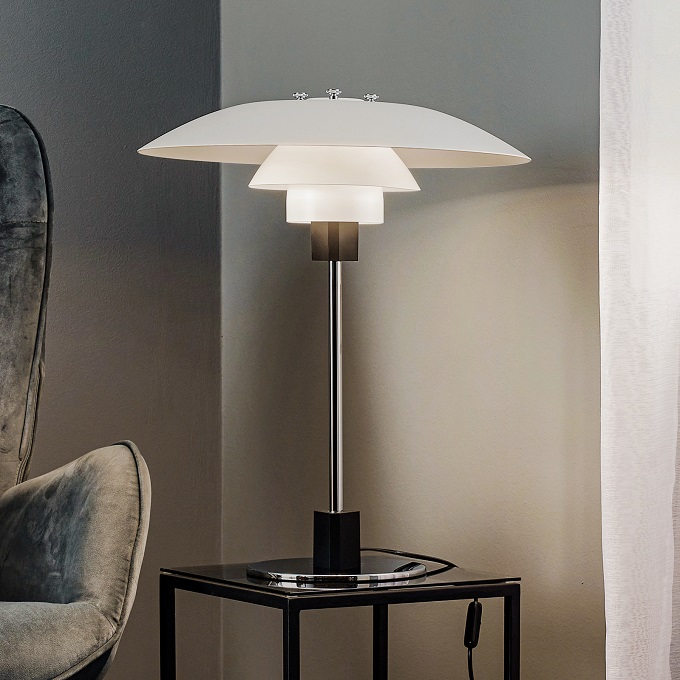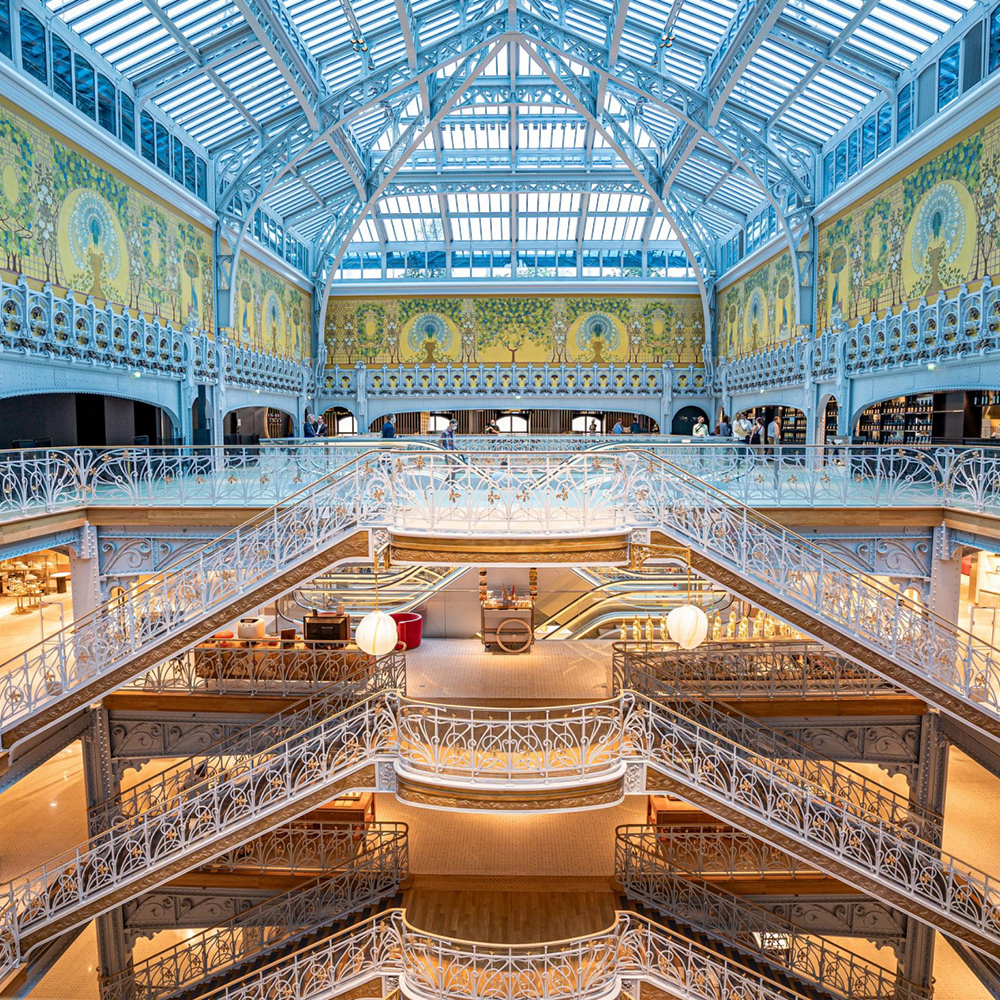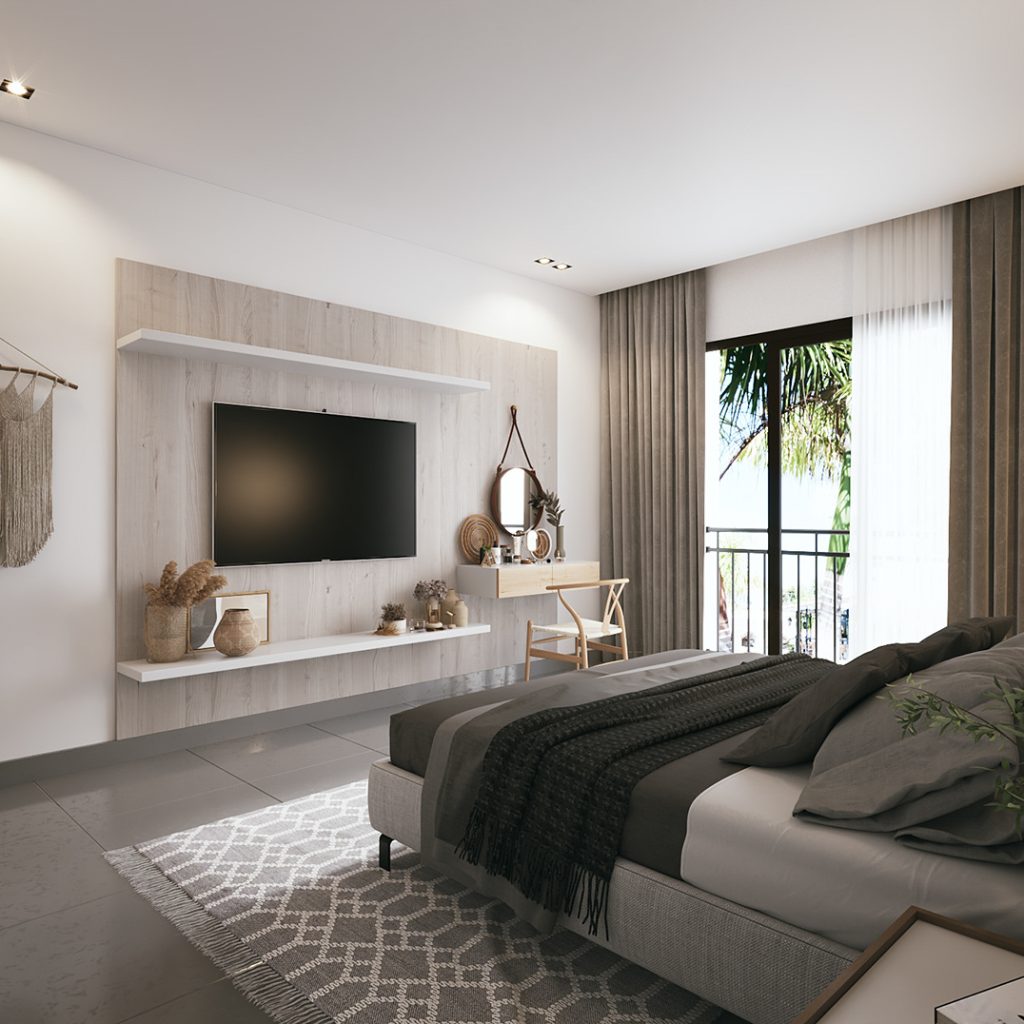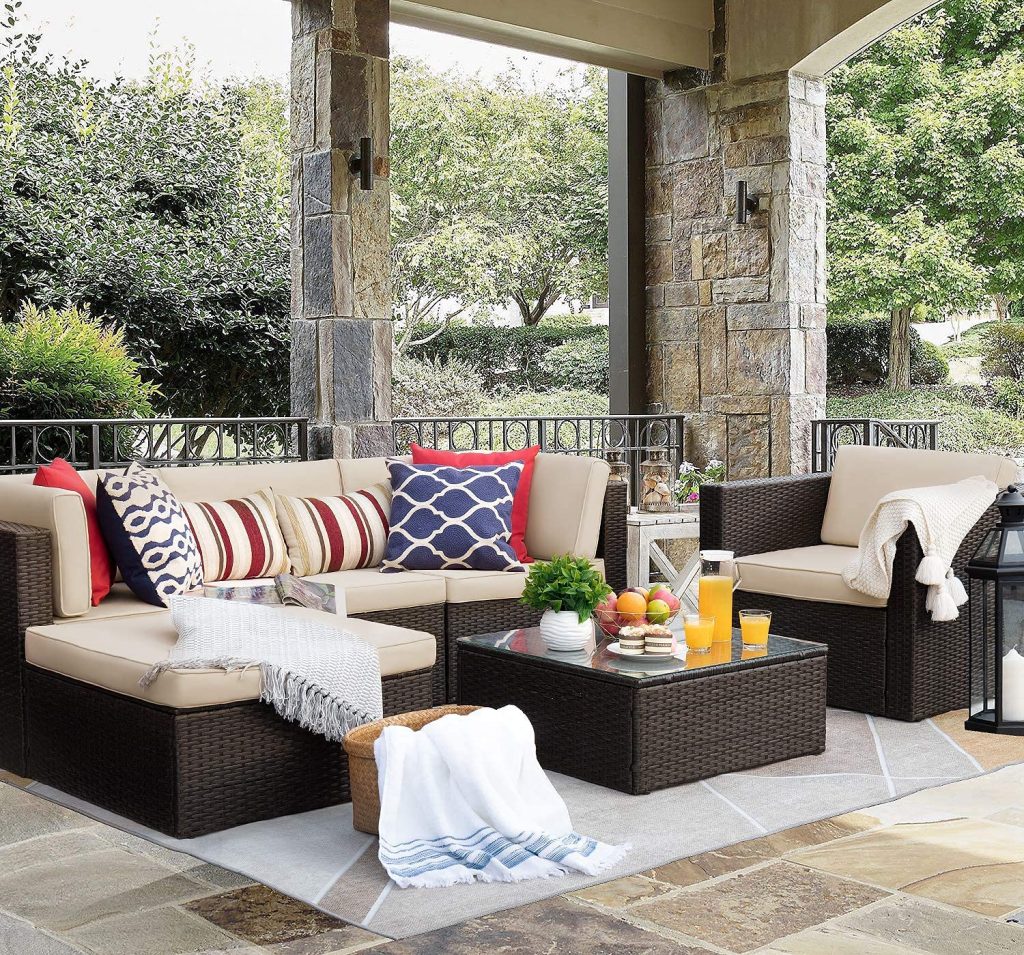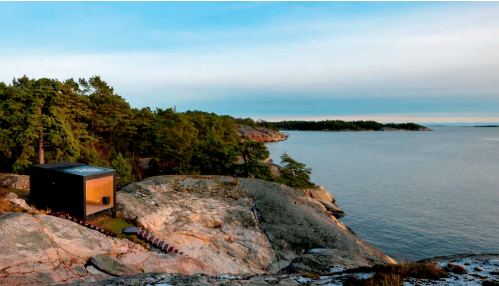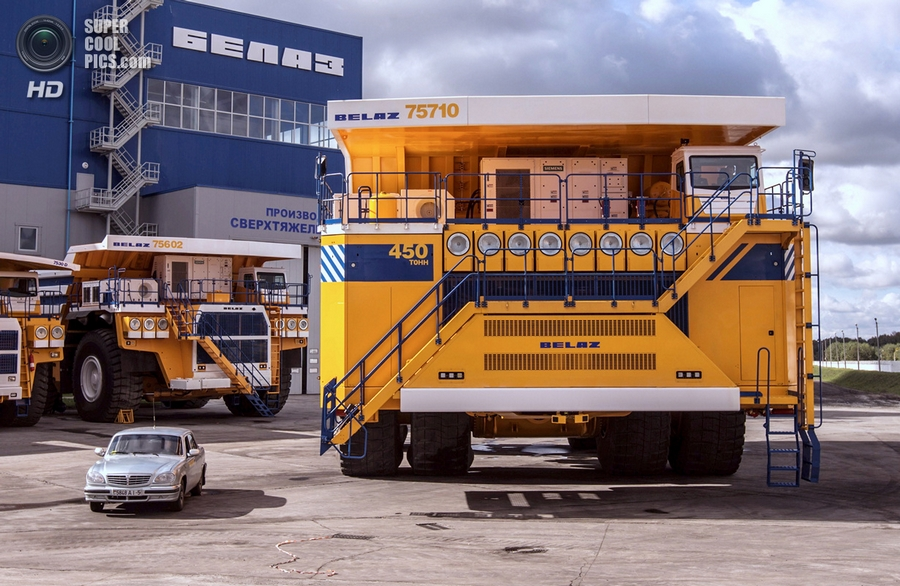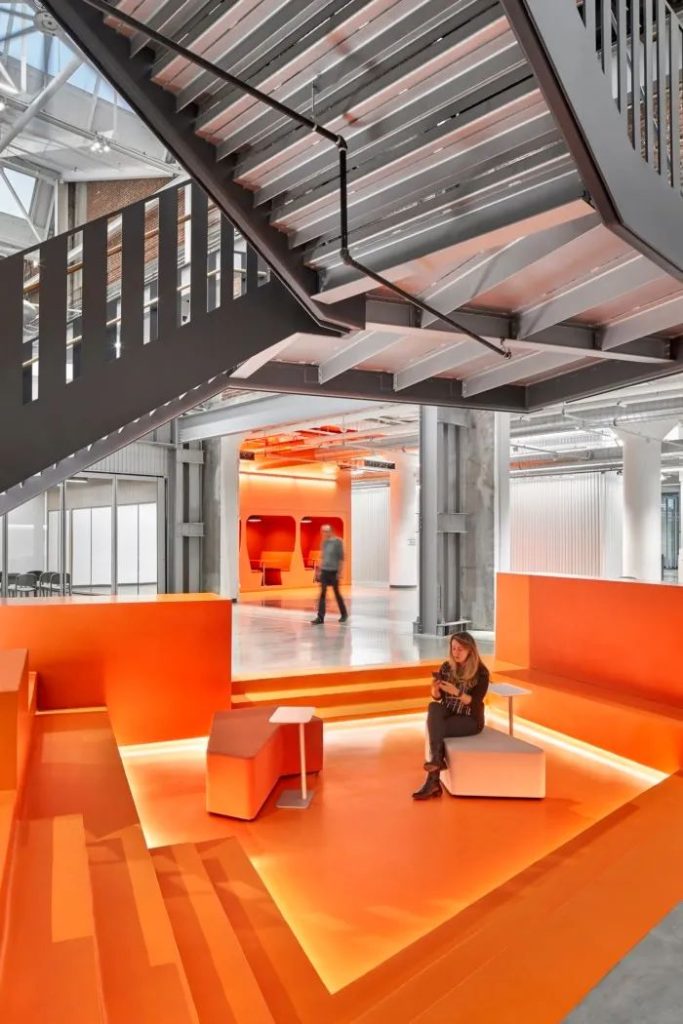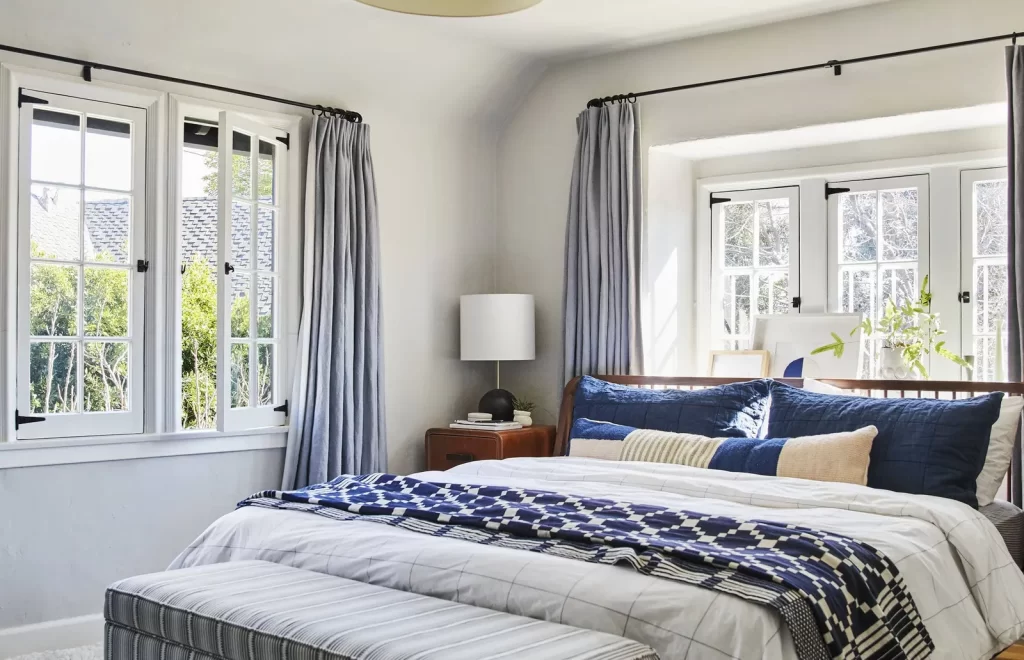Industrial design chandeliers represent a fascinating intersection of functionality and aesthetic appeal, merging the raw, unrefined elements of industrial design with the elegance typically associated with traditional lighting fixtures. These chandeliers often feature materials such as metal, glass, and wood, showcasing a rugged charm that can transform any space into a statement of modernity and sophistication. The allure of industrial design chandeliers lies not only in their visual impact but also in their ability to evoke a sense of history and craftsmanship, often drawing inspiration from the industrial revolution and the utilitarian ethos that characterized that era.
The appeal of these chandeliers extends beyond mere decoration; they serve as focal points that can define the character of a room. Whether suspended over a dining table, illuminating a living area, or gracing the entrance of a commercial establishment, industrial design chandeliers can create an atmosphere that is both inviting and intriguing. Their versatility allows them to blend seamlessly with various interior styles, from minimalist to eclectic, making them a popular choice among designers and homeowners alike.
As we delve deeper into the evolution and application of these striking fixtures, it becomes clear that industrial design chandeliers are more than just lighting solutions; they are integral components of contemporary interior design.
The Evolution of Industrial Design Chandeliers
The journey of industrial design chandeliers can be traced back to the late 19th and early 20th centuries when the industrial revolution brought about significant changes in manufacturing processes and materials. Initially, chandeliers were predominantly crafted from ornate materials like crystal and brass, designed to reflect wealth and status. However, as factories began to produce goods on a larger scale, designers started experimenting with new materials and forms.
The introduction of Edison bulbs in the late 1800s marked a pivotal moment in lighting design, allowing for more innovative approaches to chandelier construction. As the 20th century progressed, the mid-century modern movement further influenced the design of chandeliers. Designers like George Nelson and Isamu Noguchi began to explore organic shapes and minimalist aesthetics, paving the way for the industrial style we recognize today.
The use of exposed bulbs, metal frameworks, and reclaimed materials became hallmarks of this design philosophy. By the time the 21st century arrived, industrial design chandeliers had evolved into a distinct category within the broader lighting market, characterized by their bold lines, utilitarian forms, and an emphasis on raw materials. This evolution reflects not only changes in design trends but also shifts in consumer preferences towards authenticity and sustainability.
Incorporating Industrial Design Chandeliers in Residential Spaces
In residential settings, industrial design chandeliers can serve as striking focal points that enhance the overall aesthetic of a home. Their unique designs can complement various interior styles, from loft-like spaces with exposed brick walls to more traditional homes seeking a touch of modernity. For instance, a large metal chandelier with Edison bulbs can create an eye-catching centerpiece in a dining room, while smaller pendant versions can be used to illuminate kitchen islands or breakfast nooks.
The versatility of these fixtures allows homeowners to express their personal style while maintaining a cohesive look throughout their living spaces. Moreover, incorporating industrial design chandeliers into residential spaces often involves thoughtful consideration of scale and proportion. A grand chandelier can elevate a high-ceilinged foyer or living room, while smaller fixtures can add charm to intimate spaces without overwhelming them.
The interplay between light and shadow created by these designs can also enhance architectural features within a home, drawing attention to details such as beams or moldings. By strategically placing industrial design chandeliers throughout a residence, homeowners can create a dynamic visual narrative that reflects their tastes and lifestyle.
Industrial Design Chandeliers in Commercial and Hospitality Spaces
The application of industrial design chandeliers extends well beyond residential interiors; they have found a prominent place in commercial and hospitality environments as well. Restaurants, hotels, and retail spaces often utilize these fixtures to create an inviting atmosphere that resonates with patrons. For example, a trendy café might feature an oversized metal chandelier adorned with vintage-style bulbs to evoke a sense of nostalgia while providing ample illumination for diners.
This not only enhances the dining experience but also contributes to the establishment’s branding by establishing a unique ambiance. In hospitality settings, industrial design chandeliers can play a crucial role in defining the character of a space. Boutique hotels often embrace this style to create an eclectic yet cohesive environment that appeals to modern travelers seeking authenticity.
A lobby adorned with large-scale industrial chandeliers Yahiloo can set the tone for the entire guest experience, making a memorable first impression. Additionally, these fixtures can be customized to reflect the local culture or history, further enriching the narrative of the space. The ability to blend functionality with artistic expression makes industrial design chandeliers an ideal choice for commercial applications.
Customizing Industrial Design Chandeliers for Unique Spaces
One of the most compelling aspects of industrial design chandeliers is their potential for customization. Designers and manufacturers often offer a range of options that allow clients to tailor these fixtures to suit specific needs or preferences. Customization can involve selecting materials, finishes, sizes, and even configurations that align with the overall vision for a space.
For instance, a client may choose to incorporate reclaimed wood into an otherwise metal chandelier to add warmth and texture while maintaining an industrial aesthetic. Furthermore, bespoke designs can cater to unique architectural features or spatial constraints within a given environment. In cases where standard fixtures may not fit or complement the existing decor, custom chandeliers can be crafted to meet those challenges head-on.
This level of personalization not only enhances the visual appeal of a space but also ensures that the lighting solution is functional and harmonious with its surroundings. As more individuals seek distinctive elements in their interiors, the demand for customized industrial design chandeliers continues to grow.
Sustainability and Industrial Design Chandeliers
Sustainability has become an increasingly important consideration in all aspects of design, including lighting solutions like industrial design chandeliers. Many manufacturers are now prioritizing eco-friendly practices by sourcing materials responsibly and utilizing energy-efficient technologies. For example, some companies focus on using reclaimed or recycled materials in their chandelier designs, reducing waste and minimizing environmental impact.
This approach not only aligns with contemporary values but also adds character to each piece, as reclaimed materials often carry their own unique stories. Additionally, advancements in LED technology have revolutionized how we think about lighting efficiency. Many modern industrial design chandeliers now incorporate LED bulbs that consume significantly less energy than traditional incandescent options while providing comparable brightness levels.
This shift not only lowers energy costs for consumers but also contributes to reducing carbon footprints over time. As sustainability becomes more ingrained in consumer consciousness, the demand for eco-friendly industrial design chandeliers is likely to rise, prompting designers to innovate further in this area.
Tips for Choosing the Right Industrial Design Chandelier for Your Space
Selecting the perfect industrial design chandelier involves careful consideration of several factors to ensure it complements your space effectively. First and foremost is understanding the scale of your room; larger spaces may benefit from oversized fixtures that command attention, while smaller areas might require more delicate designs that provide adequate illumination without overwhelming the environment. Measuring ceiling height is also crucial; high ceilings allow for dramatic hanging fixtures that draw the eye upward.
Another important aspect is material selection. Industrial design chandeliers come in various finishes—such as matte black, brushed nickel, or antique brass—that can influence the overall mood of your space. For instance, a matte black chandelier may lend an air of sophistication and modernity, while an antique brass finish could evoke warmth and nostalgia.
Additionally, consider how the chandelier will interact with other elements in your room—furniture styles, color palettes, and existing decor should all be taken into account to create a harmonious look.
The Future of Industrial Design Chandeliers
As we look ahead, it is evident that industrial design chandeliers will continue to evolve alongside changing trends in interior design and consumer preferences. The fusion of technology with traditional craftsmanship is likely to give rise to innovative designs that push boundaries while remaining rooted in their industrial heritage. With an increasing emphasis on sustainability and customization, future iterations of these fixtures may incorporate smart technologies that enhance functionality while minimizing environmental impact.
Moreover, as urban living spaces become more compact and multifunctional, there will be greater demand for versatile lighting solutions that adapt to various needs throughout the day. Industrial design chandeliers are well-positioned to meet this challenge by offering both aesthetic appeal and practical functionality. As designers explore new materials and techniques while honoring the principles of industrial design, we can anticipate an exciting future for these captivating lighting fixtures that continue to illuminate our lives in unique ways.



